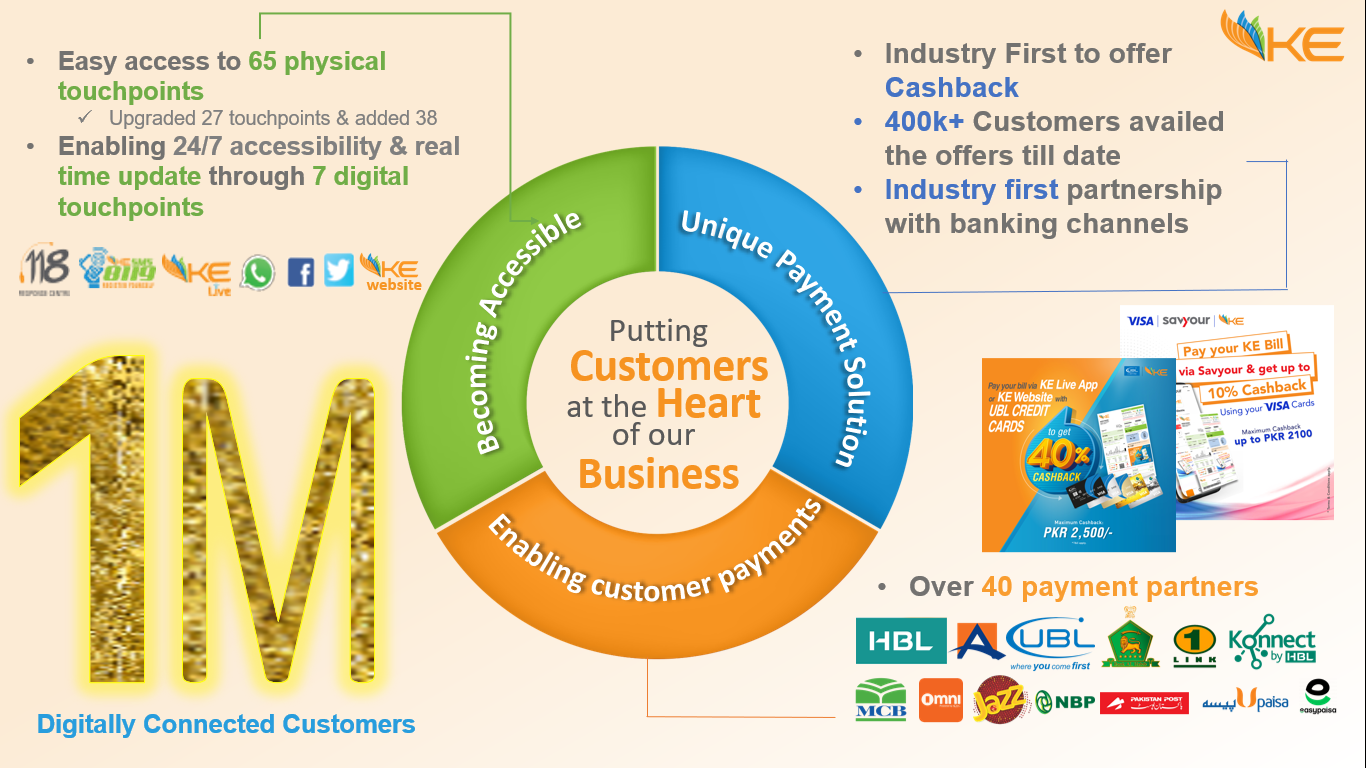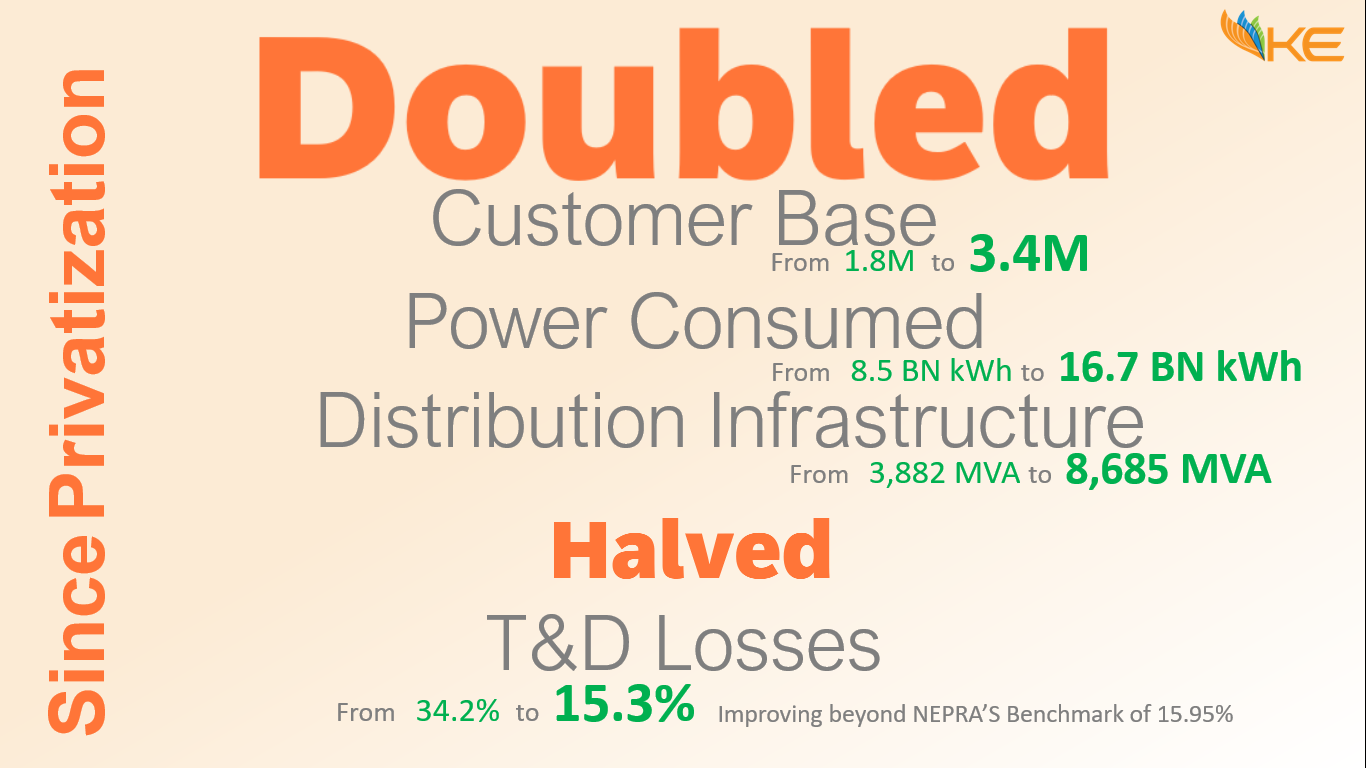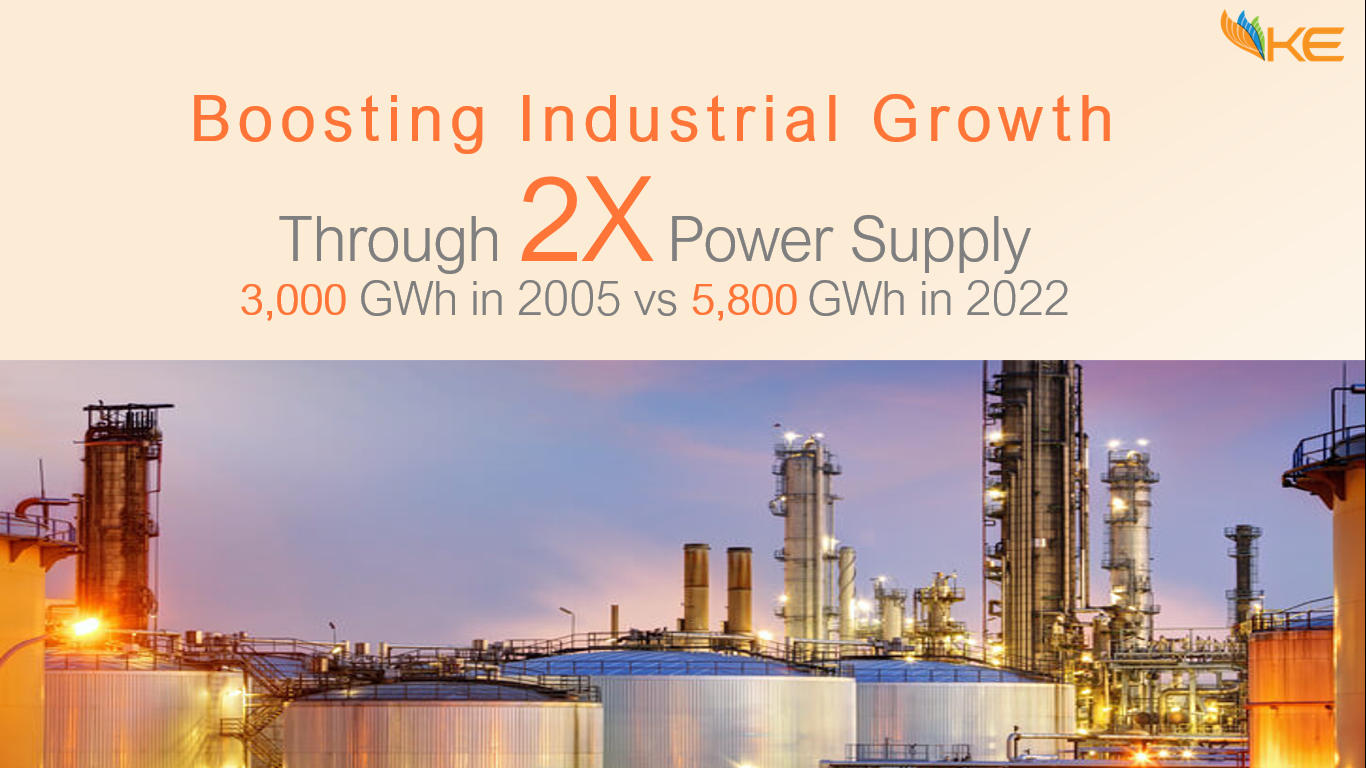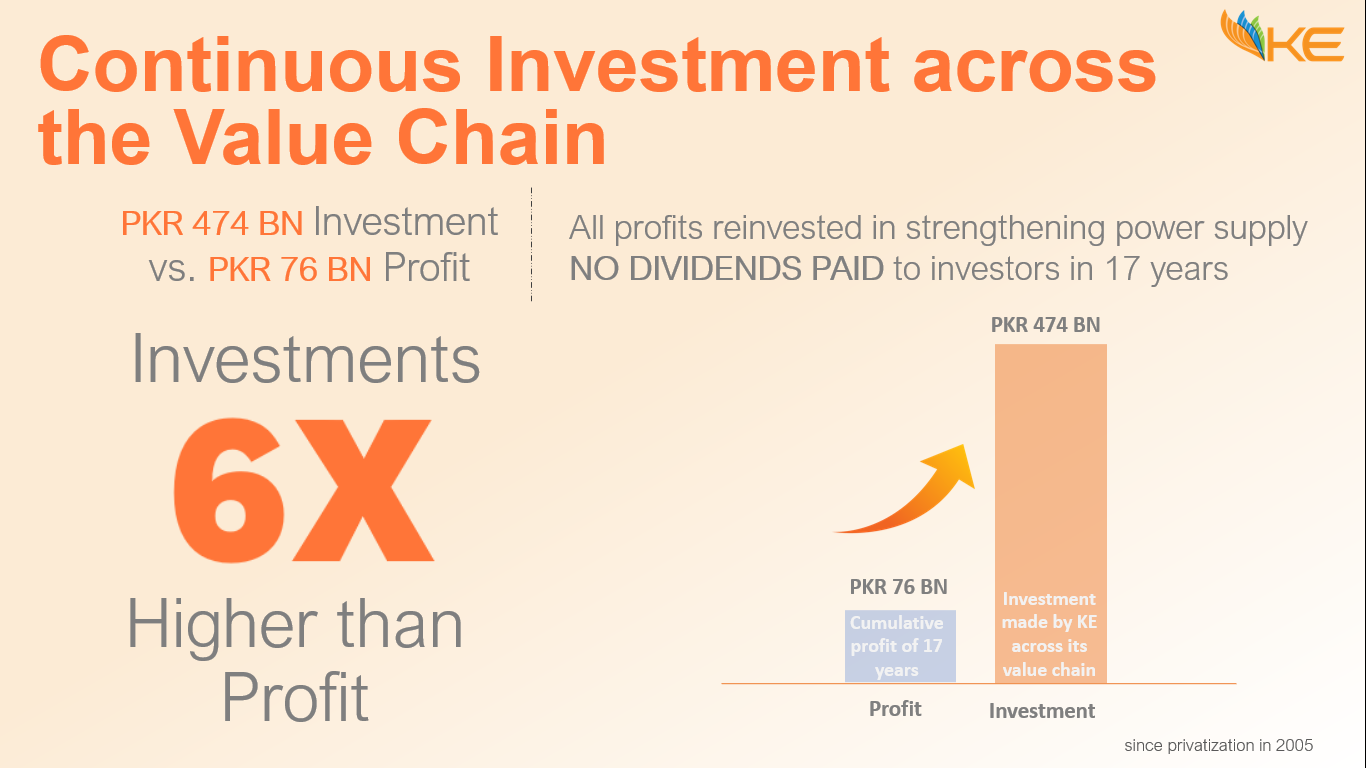
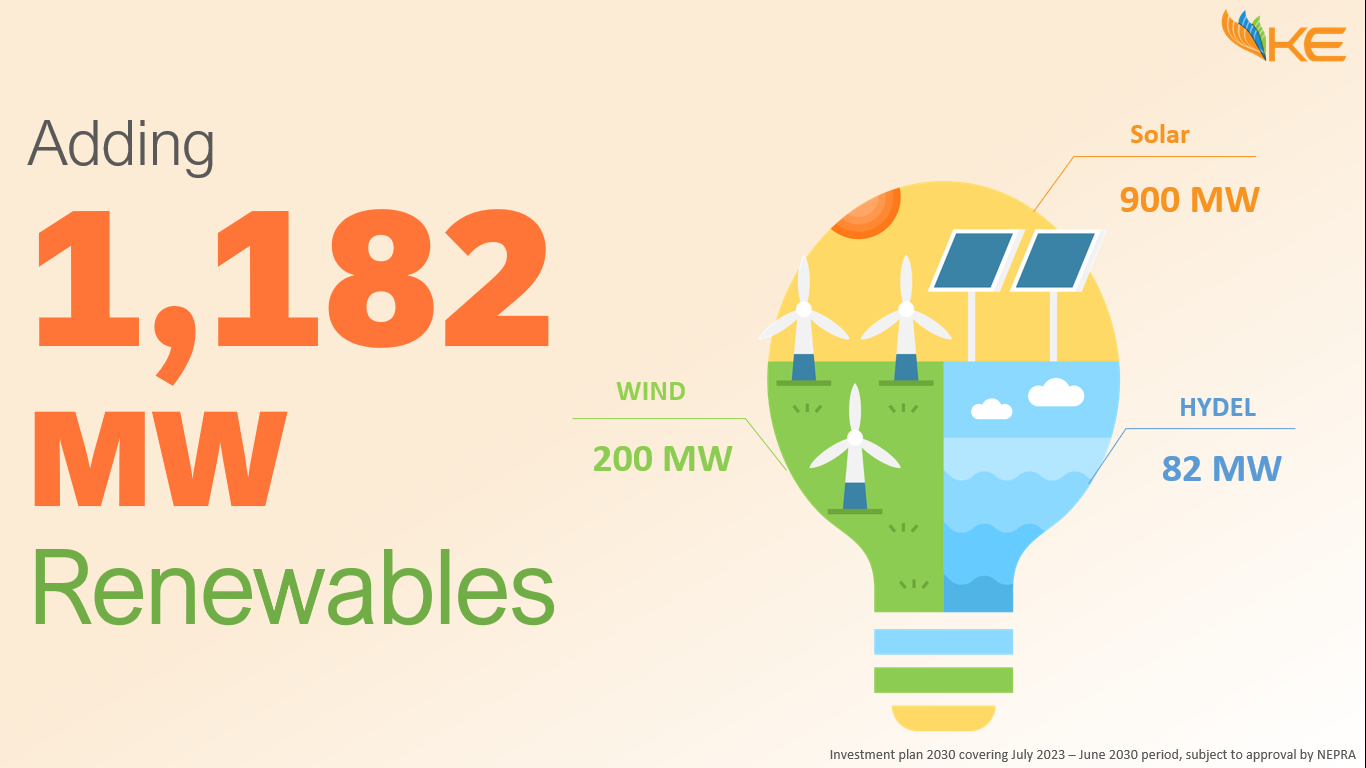
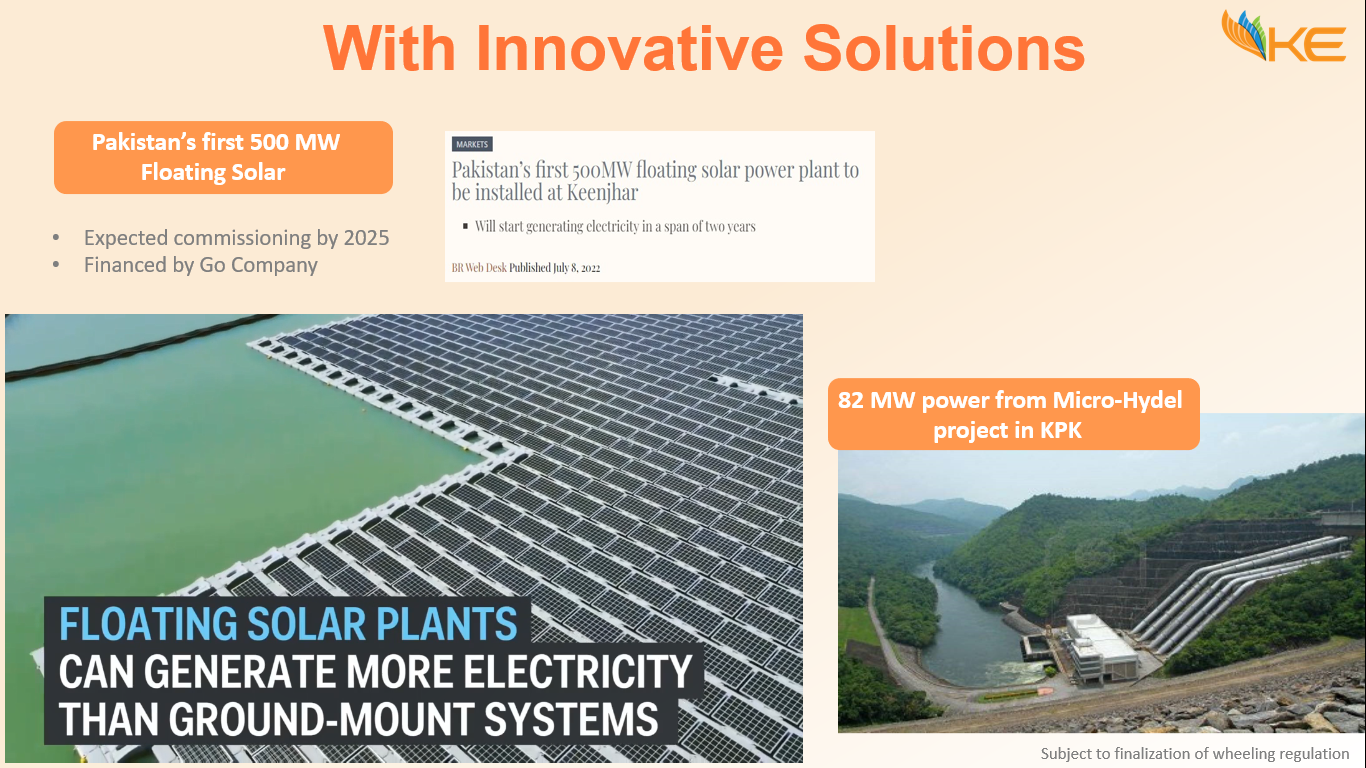
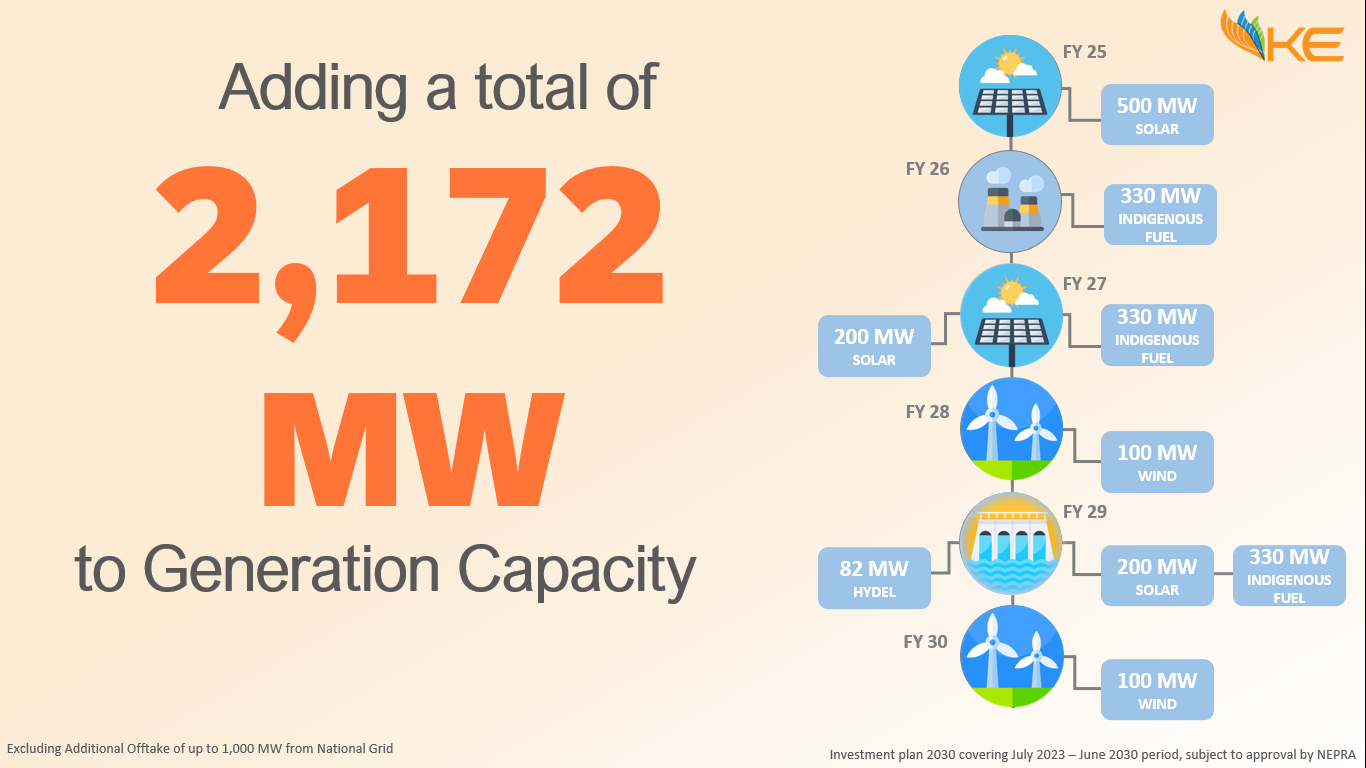
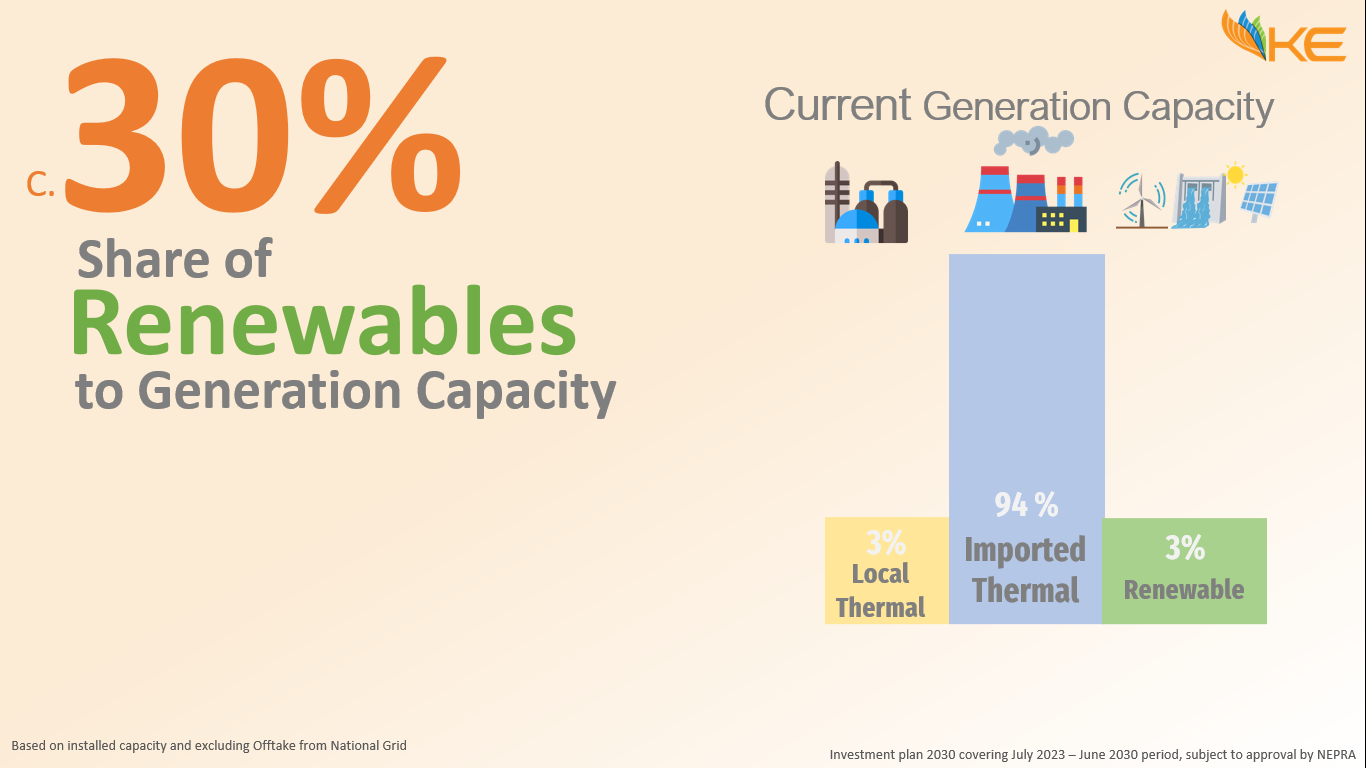
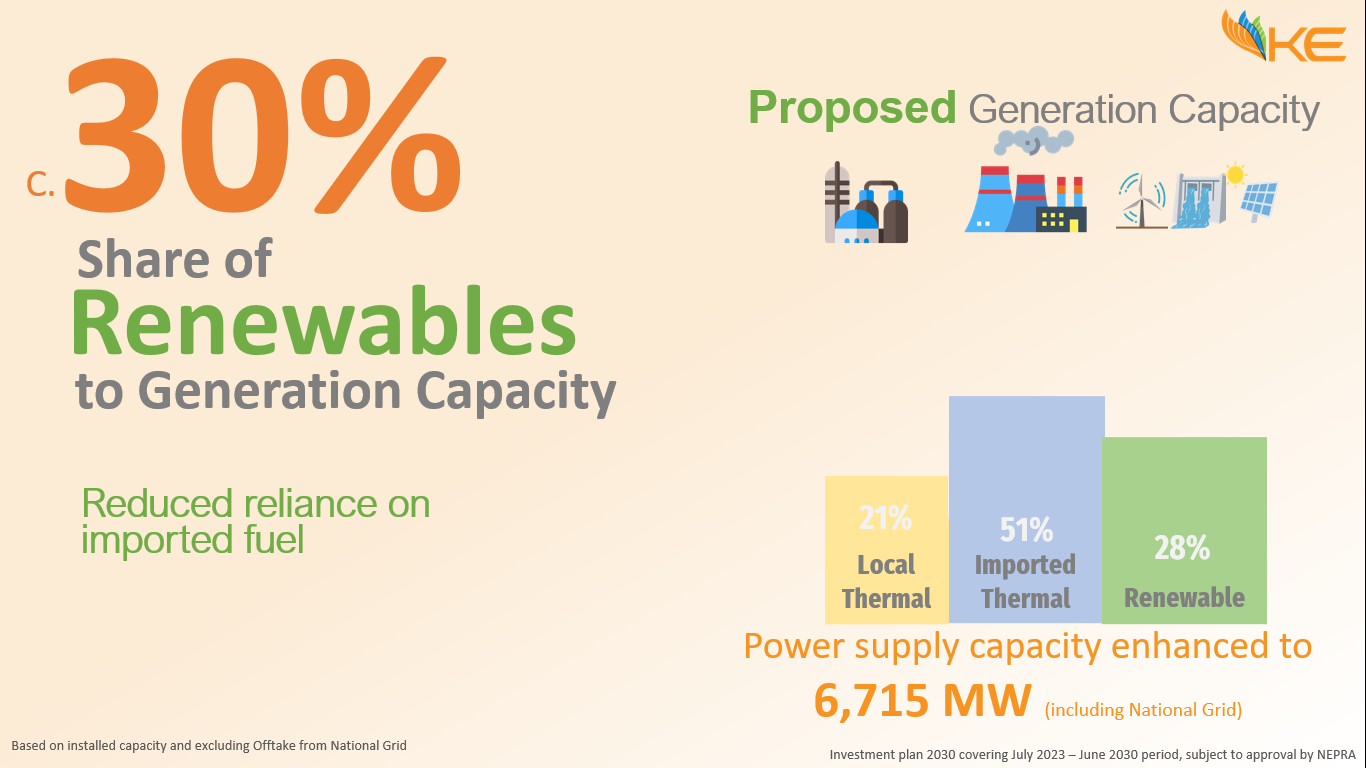
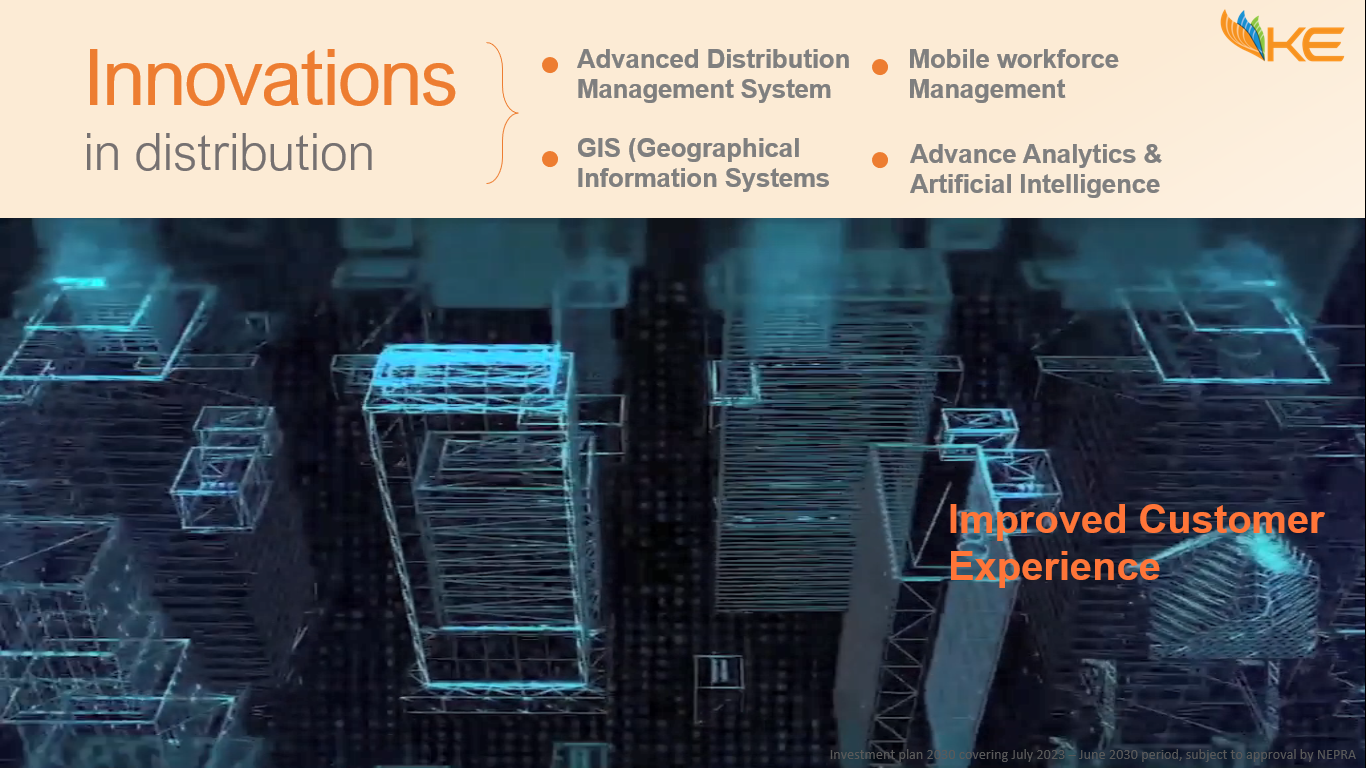
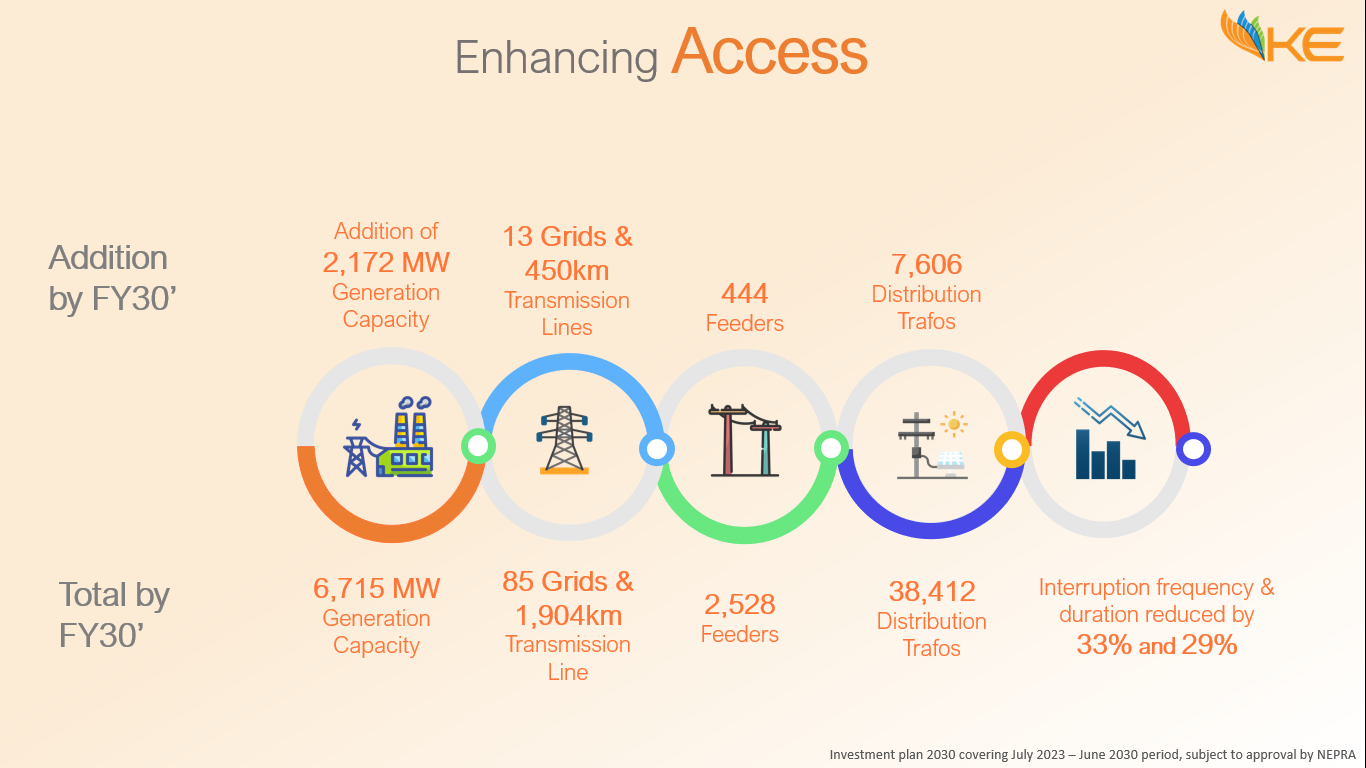
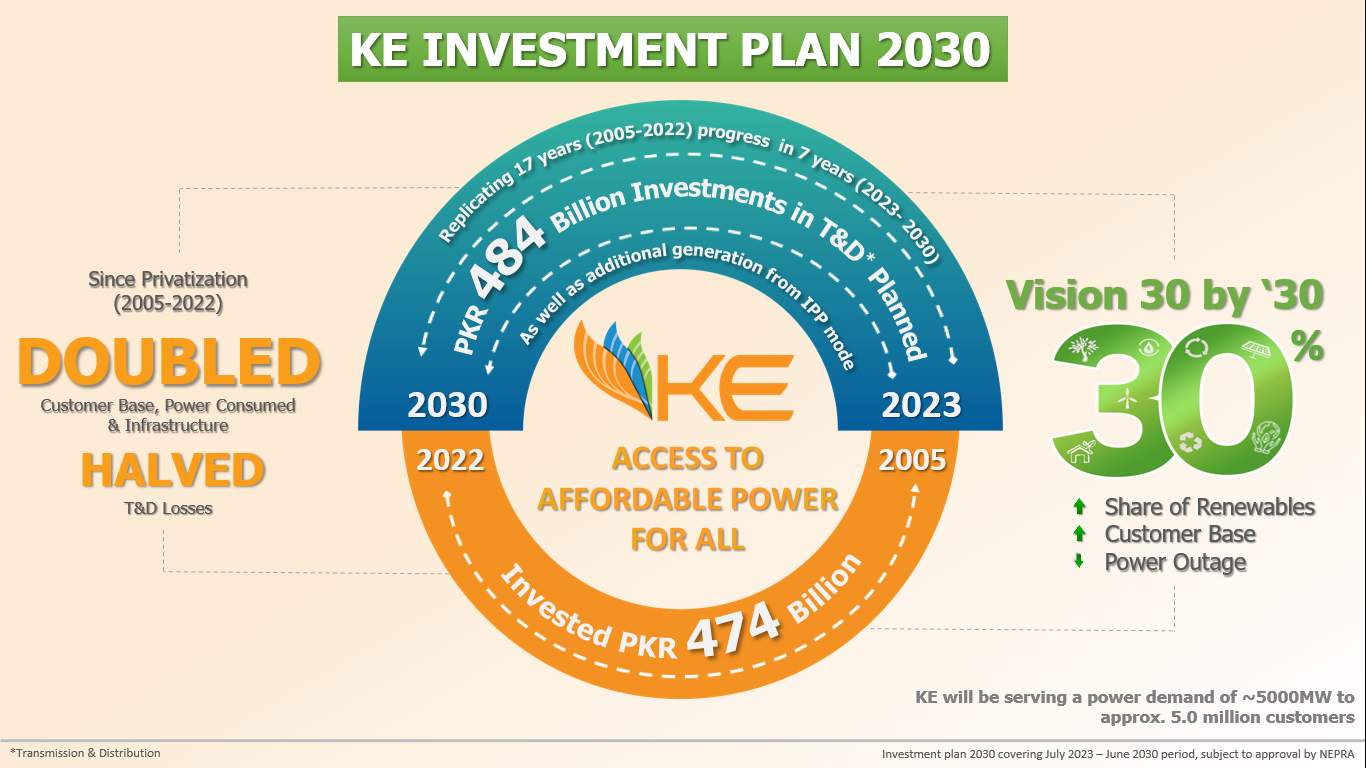
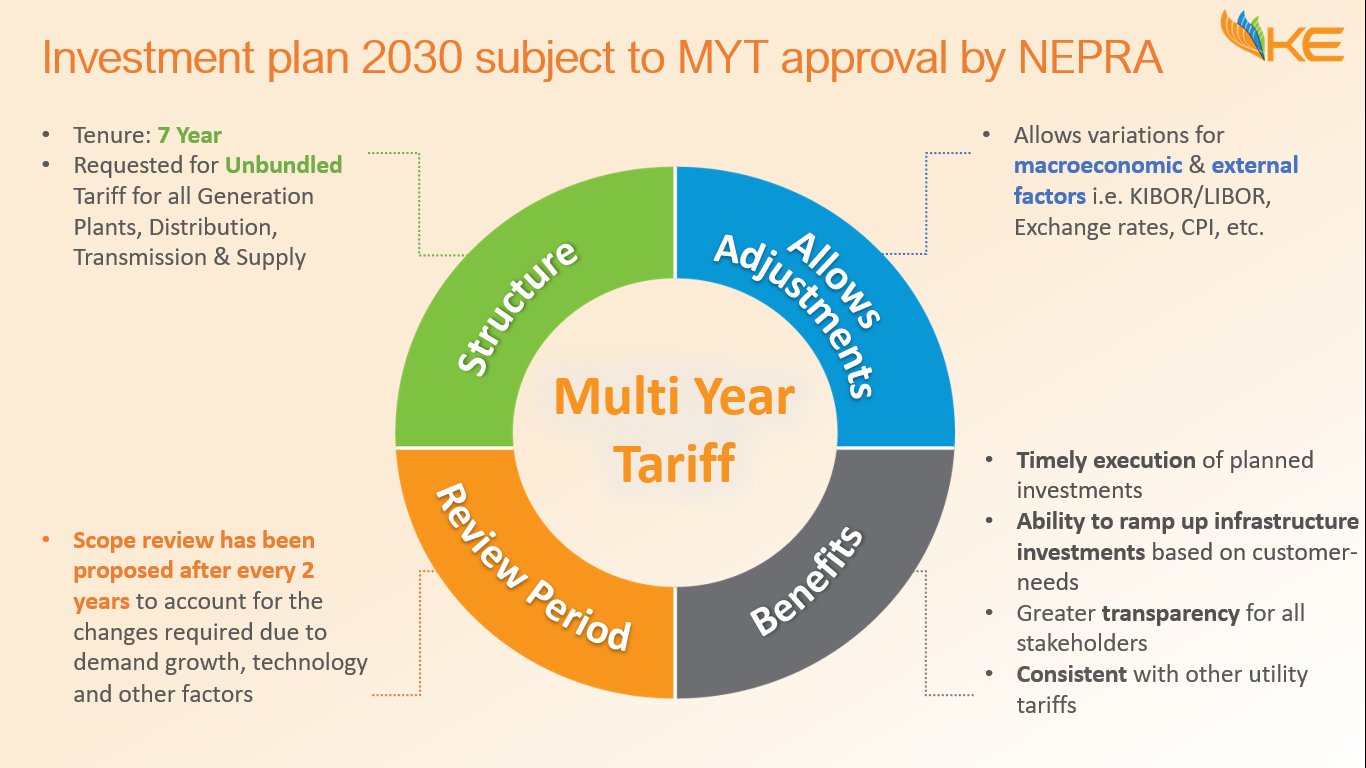
 K-Electric’s segmented load-shed policy was also acknowledged and lauded at several forums like State Bank of Pakistan and International Monetary Fund (IMF).
K-Electric’s segmented load-shed policy was also acknowledged and lauded at several forums like State Bank of Pakistan and International Monetary Fund (IMF).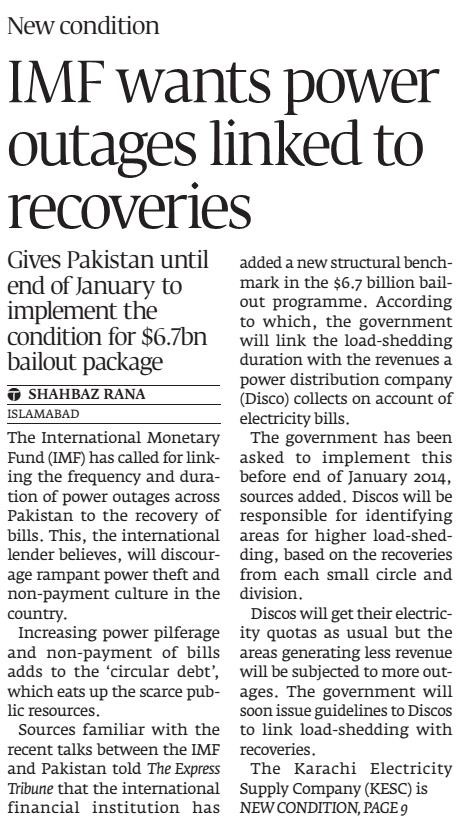
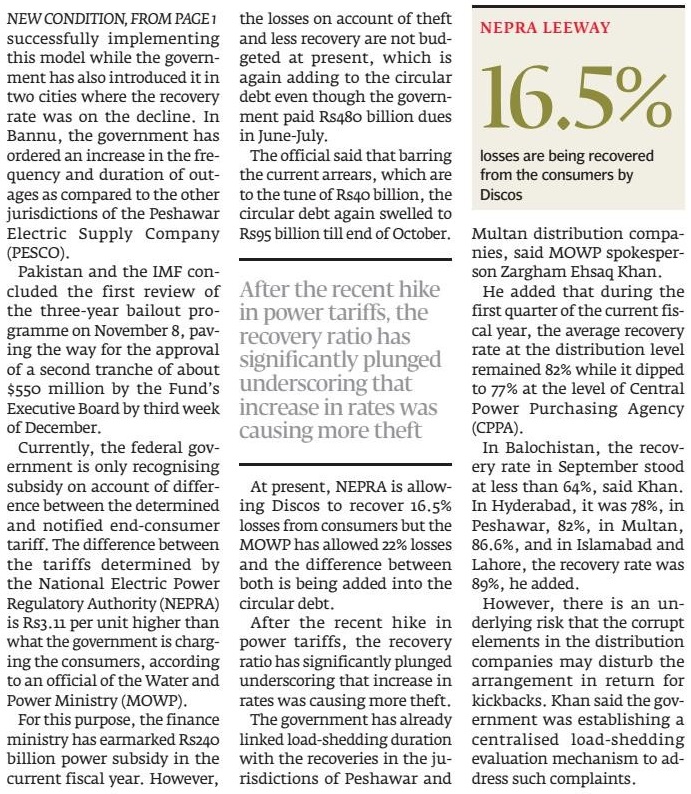
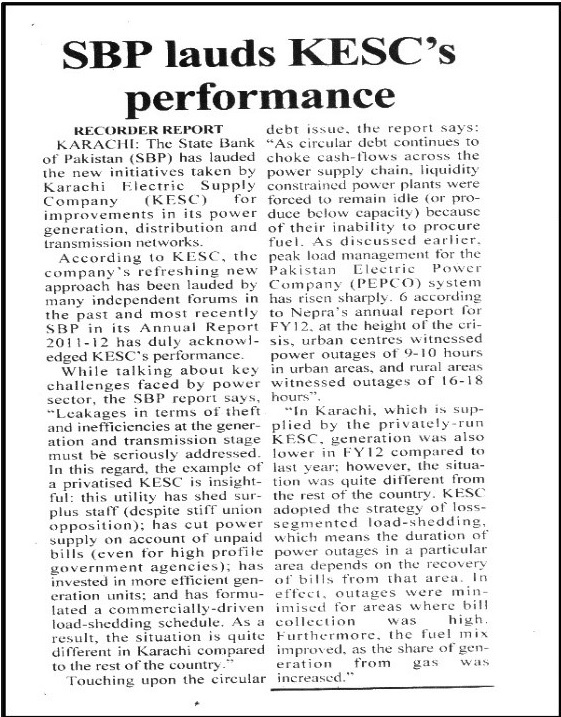
FCA is determined by NEPRA for all DISCOs in Pakistan including K-Electric. The utility files its claims every month, after which a public hearing is conducted. The NEPRA team then verifies the claim and notifies the adjustment via an SRO.
Fuel Cost Adjustments for the period July 2016 till June 2019 were not applied to KE customers’ electricity bills due to unforeseen delays in the finalization of KE’s Multi Year Tariff. Fuel Cost Adjustment (FCA) was notified by NEPRA via SRO 1621 (I)/2019 on December 27, 2019 and was applicable to consumer electricity bills from January 2020 onwards in accordance with the NEPRA determined mechanism.
While the FCA was not being applied to KE consumers, it was however being adjusted in the electricity bills of all other customers across the country.
These streetlights and their switches bypass electrical safety mechanisms thus creating public safety hazards and resulting in unfortunate incidents. They are usually installed with virtually naked wires without adhering to any safety protocols, leading to leakage of electricity current, which creates a potential safety risk. Moreover, KE conducts drives for the removal of these streetlights and switches every year. This year alone, KE has removed around 10,000 hazardous switches and wires from its poles.
It is essentially the job of the city administration and other civic bodies to ensure that Karachi is made free from encroachments, be it on the ground or on electricity infrastructure, which also includes unsafe street-light switches. To this end, KE has also filed a Constitutional Petition whereby KE has invariably raised the concern that its network is being compromised by the installation of these illegal streetlight connections and it is imperative that they be removed immediately.
The potential threat these switches pose to both KE’s staff and the public is heightened immensely during monsoon due to wet poles and waterlogging around KE infrastructure. These illegal practices also compromise the integrity of KE’s operation system hence causing disruption in the power supply to our consumers.
The distribution and sale of electricity through unauthorized installation of generators in the exclusive service territory of K-Electric is rampant in different areas across the city. These include prominent neighborhoods in areas like Hub Chowki, Saeedabad, Khadda Market, Noorani Masjid, Mewa Shah, Banaras, Nashtar Road, Hina Plaza, Shaheed Arcade, Hijrat Colony, Garden, Ranchoreline, Malir, Drig Road, Roshanabad, Shah Faisal, Korangi, Golimar, and Main Super Highway.
These unlawfully installed generators in different areas of Karachi are being used for commercial purposes. This creates substantial safety hazards due to the use of unprofessional and substandard material including but not limited to switches, wires, cables, and other electrical installations. As the said unlawful network is being operated by non-professionals, it is prone to serious accidents including fatal ones.
Moreover, due to these networks, KE faces the issue of identifying faults and rectifying them, which causes delays in solving consumer complaints. Since these networks also leak current, KE has to face the brunt of accidents occurred as a direct result of this. Additionally, fatal and non-fatal accidents happen when wires of these generators, illegally placed over the KE infrastructure, come in contact with KE’s wires.
In this regard, KE raises these issues to the Electrical Inspector (EIK) time and again and requests for an amicable resolution. KE has also served notices to the owners of these unauthorized generator operators and has conducted drives with Law Enforcement Agencies for the elimination of the same.
The power utility was constantly in touch with relevant authorities to seek clarity over ISPA for necessary directions and seeking permission wherever applicable on its timeline and implementation. K-Electric continued to provide relief to industrial consumers during off-peak hours under the support package until it received directives/clarification from MoE to discontinue the same on January 2, 2020 and adjust the impact with effect from July 2019.
KE is a responsible corporate entity and follows due process in every aspect of its operations. As such, the withdrawal of Industrial Support Package (ISPA) from July 2019 to December 2019 in the bills issued to industrial consumers is in accordance with the Ministry of Energy’s (MoE) notification and consistent with the bills charged to industrial consumers across Pakistan.
While, KE, like all other DISCOs in Pakistan, is bound to follow the directives of the Ministry of Energy, to ease this process for the industries, the power utility included no surcharge in the amount billed to consumers and offered industrial consumers the option of availing up to six instalments to minimize the impact. The industrial sector has always been KE’s top priority and the power utility has continued to invest in the future of this sector and the city of Karachi.
- Pole Grounding: In 2019 KE developed a comprehensive plan for the revalidation of its protection system throughout the company’s network, which entailed the revalidation of protection and grounding system of all identified HT, LT, PMTs and Composite poles and the GIS mapping of all of these poles. The previous system utilized copper which is now replaced with galvanized steel to avoid steeling of copper conductor used for grounding.
- ABC conversion: KE has converted 9000 PMTs to Ariel Bundled Cable – which ensures greater safety and lesser chances for theft
- KE has also actively taken a stand on the encroachment on its network:
- Removed 10,000 illegal streetlight switches in 2020 so far
- Removed 202,898 Kundas in 2020 so far through its kunda removal drives
- Constant engagement with Cable Operators to encourage them to phase out the illegal installations on KE infrastructure
- Community awareness drives in areas that are most vulnerable to electrocutions
- Legal action against the illegal and unsafe generation and distribution of electricity in KE’s exclusive service territory
- TV ads for awareness
The power utility also begins its safety awareness campaigns before the onset of monsoons and continues them throughout. KE also conducts safety drives and activities in schools and madrassahs.
In view of the learnings from the 2019 monsoon period, the Company has revisited safety procedures and practices for earthing and grounding to make them less prone to theft. Further, as part of its preparedness the Company has worked on a robust safety plan, which included upgradation of protection system, replacement of bare conductors with ABC, rehabilitation of stolen or damaged grounding on HT and LT network, Public Accident Prevention Plan (PAPP) and other related projects along with extensive public awareness campaigns.
While KE remains committed to ensure provision of safe and reliable supply of power to its consumers and is taking all necessary measures in this regard, support from relevant authorities is critical to combat external factors including theft of earthing and grounding material and illegal and unsafe use of KE’s network.
According to a number of investigations and reports – the details of which have been filed with NEPRA as well – majority of electrocution related incidents occur inside consumer premises due to faulty wiring, unsafe use of electrical appliances or because of illegal hook connections and the unwarranted placement of TV and internet cables on electricity poles. These cables and other equipment mounted on electricity poles are at times live and can transmit up to 400 volts. Furthermore, these cables are installed without adhering to the applicable electrical safety mechanisms and the current through them passes to the poles and other downstream infrastructure, creating a severe hazard for the public as well as for the employees of the power utility. Acknowledging these ground realities and operational challenges, including illegal use of electricity poles by cable TV and internet operators, NEPRA has also held consultative sessions wherein the Company shared its recommendations to improve the overall safety of distribution network across the country and the need to create mass safety awareness among the general public.
This unlawful network of wires also makes it difficult for our team to identify and resolve faults attributable to KE, therefore causing delays in rectifying the problem and increasing the resolution time of related power outages.
Additionally, due to leakage of current from these hazardous wires, not only is there monetary loss for KE but also the risk of loss of life is increased manifold. This was witnessed especially in the rains of 2019, where we saw several electrocution cases that happened as a direct result of live current coming from cable wires or the boosters attached to them.
To this end, KE has had several engagements with Cable Associations (PTAPA, KCWA and CAP), which called for a joint effort to phase out these cables from KE poles. KE also shared technical standards for installation/proper arrangement of internet/cable network on K-Electric poles/infrastructure, with PTAPA, Cable associations, and City Administration. However, any concrete action is yet to be seen.
Find the copy of the High Court Order here. And the comments submitted by the Commissioner of Karachi here.
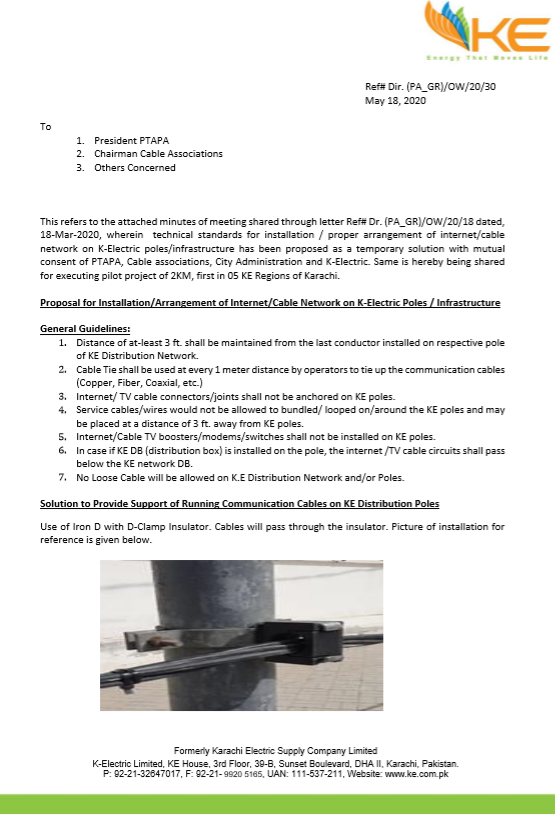
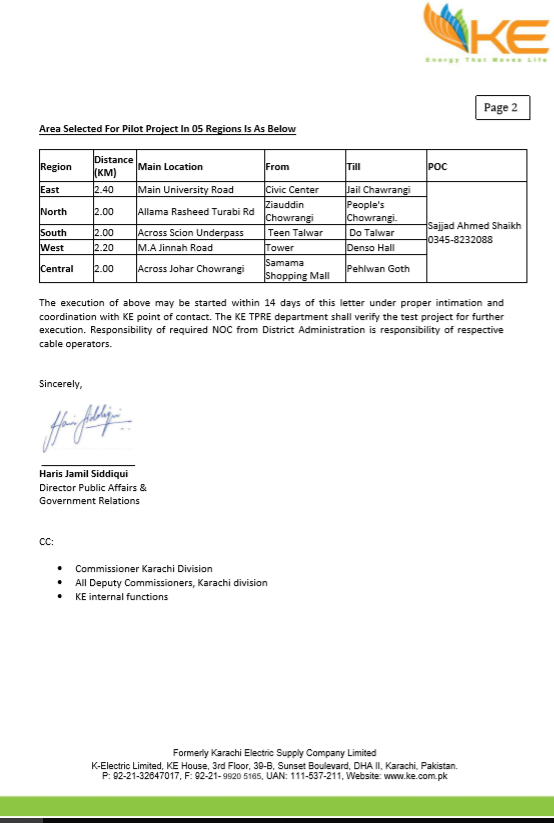
The Letter has the minutes of the meeting summarized whereby a mechanism was confirmed to put these cables aligning with the system.
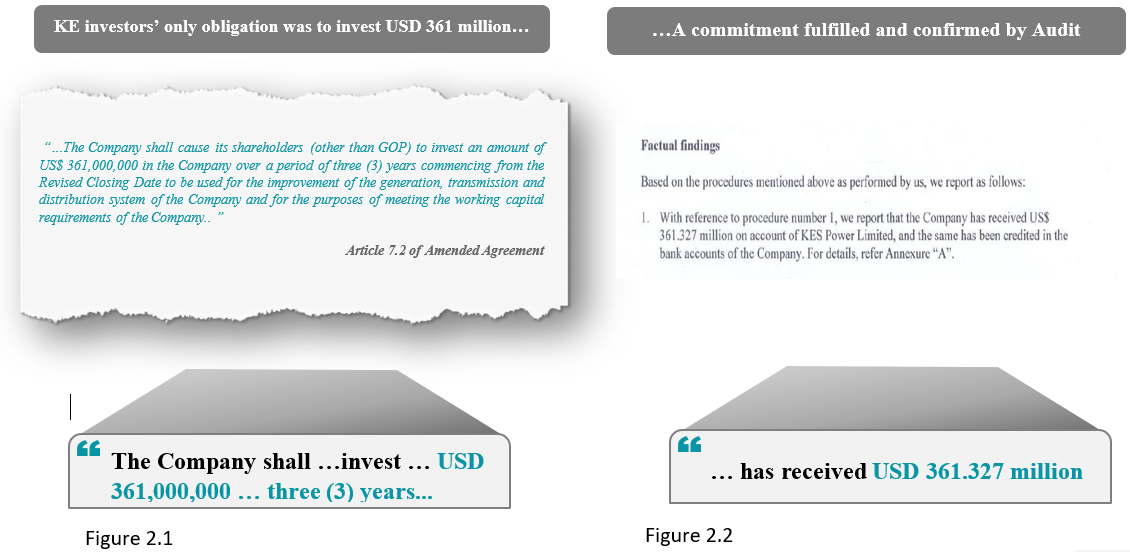
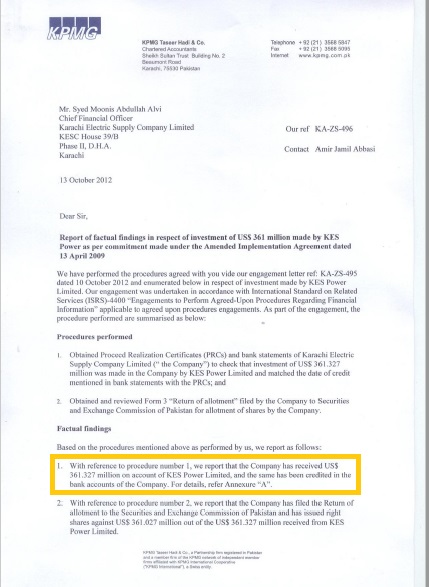
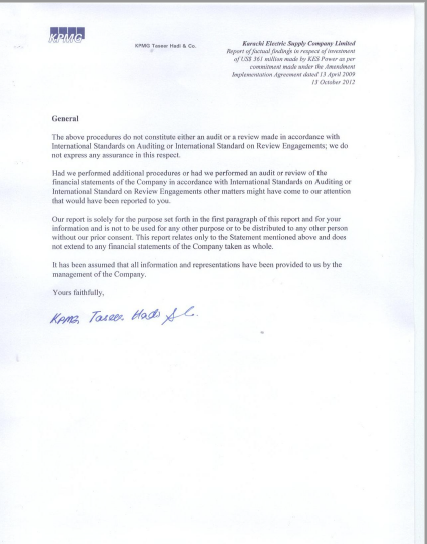
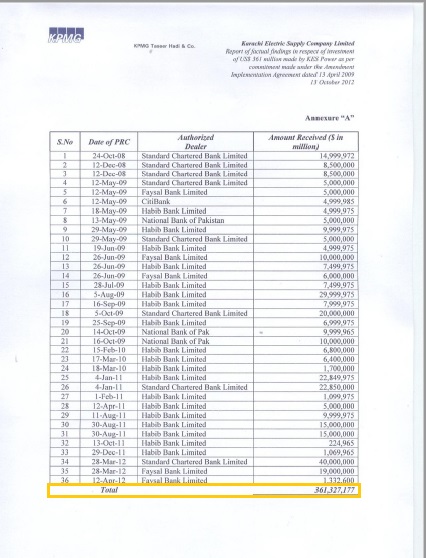
Figure 2.3 KPMG Certificate Certifying USD 361 Million Equity Injection
Implementation Agreement – GoP’s Commitments
While KE has fulfilled its obligation under the IA, the company continues to face delays in tariff notifications, release of its Tariff Differential Claims and payment of energy dues of strategic customers, all guaranteed by GoP in the IA.
- Support in Tariff including Timely Notification: Delay in Tariff Notification along with significant deviation from the Previous MYT, delays in making the Appellate Tribunal functional, and pending notification of NEPRA’s Quarterly Tariff Determination (July 2016 to March 2019)
- Gas Supply for KE’s Plants including 560MW BQPS-II Plant: Inadequate and unreliable gas supply along with swap of 60 MMCFD of Natural Gas with RLNG at distribution tariff (expensive fuel) – annual impact of c. PKR 23 Billion on fuel cost
- Payment of energy dues of Strategic Customers, including KWSB: Non-payment of energy dues of strategic customers guaranteed under the IA – KWSB dues have increased from c. PKR 7 Billion in 2009 to c. PKR 28 Billion in May 2020
- Timely Release of Tariff Differential Subsidy: Delays/non-release resulting in accumulation of TDC receivables – c. PKR 184 Billion pending receivable
Find the relevant clauses of the IA in Figure 2.4
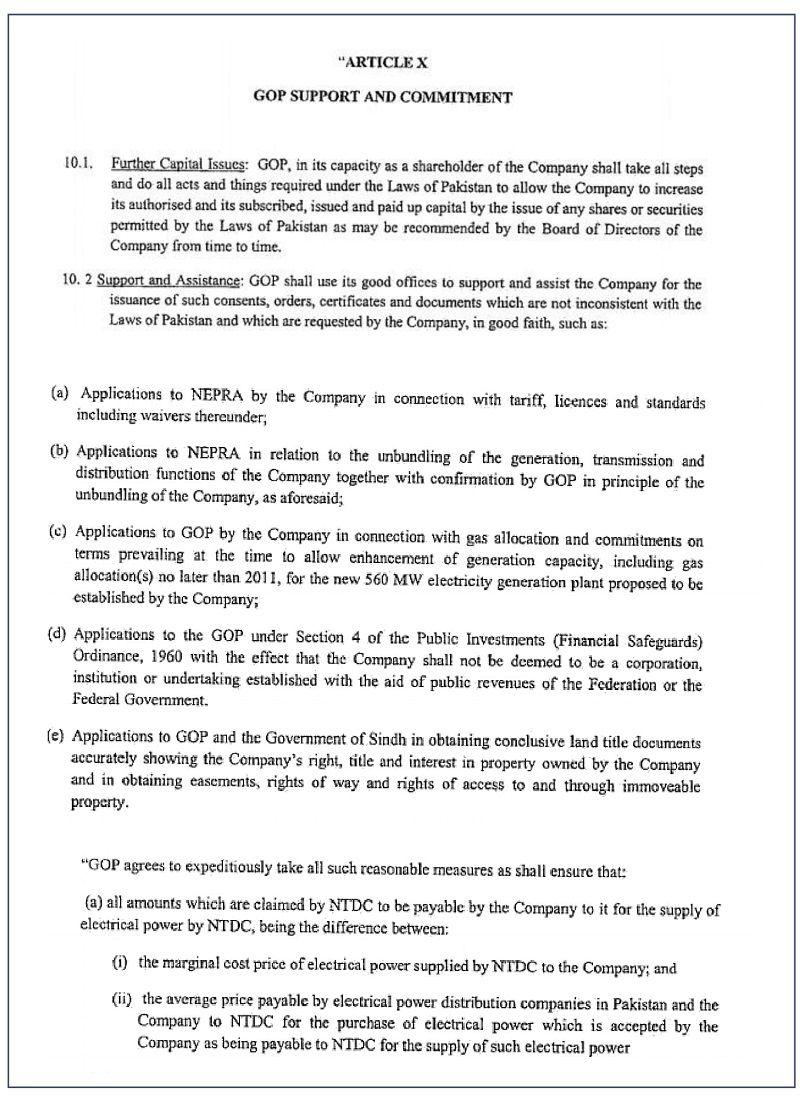
Moreover, KE invested 22% more than the committed amount to NEPRA under the Multiyear Tariff 2009 as demonstrated in the charts below. Previously, KE had an Efficiency-Based Tariff, which enabled investments. However, with the new Cost-Plus Tariff determined in 2016, investments can only be made if NEPRA allows.
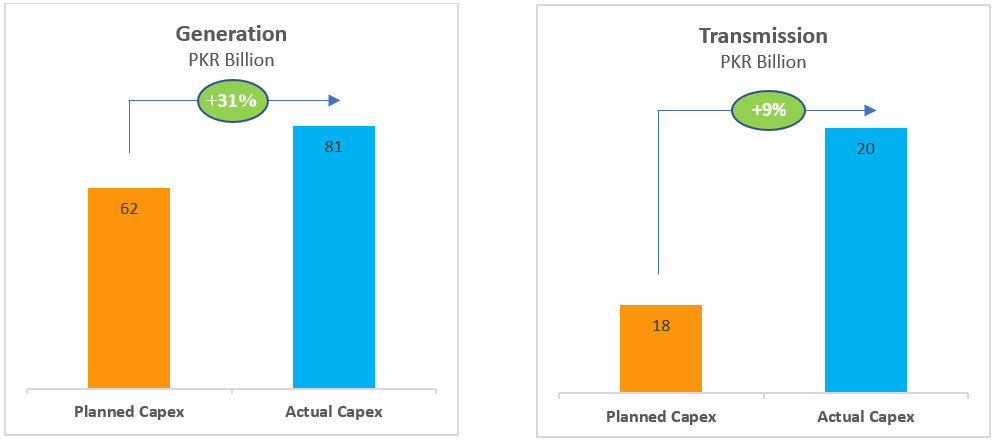
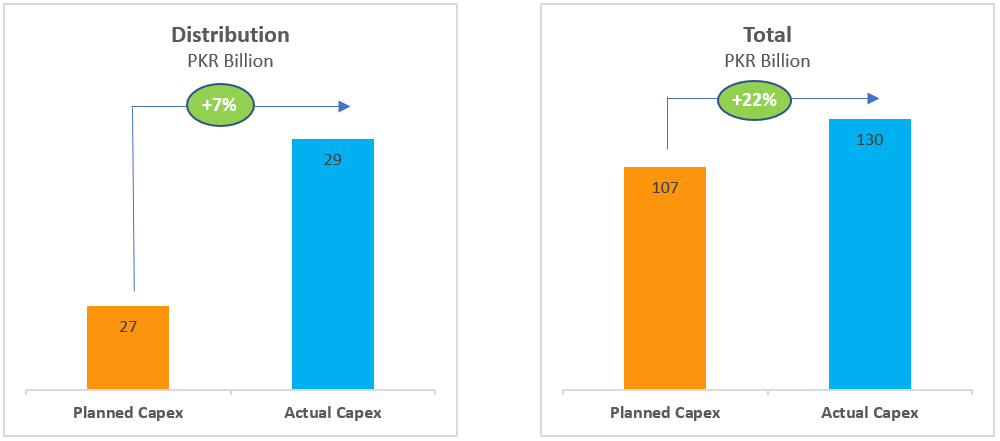
The electricity meters used by K-Electric, as well as other DISCOs in Pakistan, are manufactured by independent suppliers and fulfill global standards.
KE has two kinds of digital meters: single phase and three phase. Both are installed at residential, commercial and industrial premises. Technically, there is no difference between the two except that the three-phase meter is larger in size compared to the single phase one. This distinction is why the single phase meter is usually installed for consumers who have consumption patterns of below 5 KW and three phase meter for consumption equaling to or exceeding 5 KW.
To ensure that only the certifiably best meters are used, KE procures its meters from ISO and PSQCA qualified vendors, both local and international. These are manufactured under the guidelines of International Electrochemical Commission (IEC).
Moreover, in pursuit of transparency in all its operations including metering, KE has established an in-house, state-of-the-art certified lab that tests meters before and after installation from customer premises. These processes strictly adhere to the IEC standards. Also, this facility is open to all KE consumers for a minimum fee who wish to check their consumed units that are displayed on the meter. To know more regarding this option or for any complaints, customers can easily reach out to KE through 118 Call Center, social media forums or by visiting their nearest Universal IBC. Additionally, as these meters are installed at the customer’s residence, they can carry out their own benchmarking by purchasing and installing a meter directly from the market to compare its performance with KE’s meter.
Moreover, with strict protocols in place KE ensures all billing is done fairly and transparently. Since July 2020, as per the guidelines detailed by National Electric Power Regulatory Authority (NEPRA) Consumer Service Manual (CSM), wherever possible, a picture of the meter displaying the current months units is now included in the customers electricity bill.
The utility also ensures that all avenues are available to the customers in case of any dispute. They can record their complaints at a number of touchpoints, such as our Customer Care Centers or by calling our Call Center at 118. They can also log in their complaints via our website at https://www.ke.com.pk or through our social media platforms. Moreover, in 2016, K-Electric partnered with the Office of the Federal Ombudsman to establish a one-of-its-kind electronic communication network between the FO Secretariat and K-Electric to ensure quick resolution of consumer complaints.
KE has a robust billing system (SAP-ISU) in place that works on both automation and methodology and has multiple level data validation protocols to bill its customers accurately. In case the power utility is unable to get meter readings for any reasons, the average billing mechanism is used to bill the consumers, in-line with the guidelines prescribed under the National Electric Power Regulatory Authority (NEPRA) Consumer Service Manual (CSM)*, which is followed by DISCOs across Pakistan (see figure below).

*Source: https://www.nepra.org.pk/Legislation/Codes/Consumer%20Service%20Manual.pdf, page 14, Section 4.4 (c).

*Source: https://www.nepra.org.pk/Legislation/Codes/Consumer%20Service%20Manual.pdf, page 15, Section 4.4 (e)
This Average billing mechanism utilizes the consumption trend of individual consumer or is based on the bill of the same month in the prior year, whichever is higher. Averaging out over the past 11 months also takes into account summer months, when consumption is generally higher, so the bill may appear inflated to consumers. However, this is adjusted as per the actual meter reading, once physical meter reading resumes.
The average billing formula is very simple. It is based on two calculations, as per the CSM. The last 11 months are considered in this mechanism, and their total is divided by 11 (the number of months, to get the average) and that amount is billed to the customer. The other option given in the CSM is to use the consumption for the same month in the prior year and bill the customer based on that. According to the NEPRA CSM, the higher of these two amounts is used. Also, to clarify, KE has always valued and promoted transparency towards employees and external stakeholders including our consumers. This is evident through regular updates on our websites and other social media platforms regarding any changes in tariff, online energy consumption calculator, FCA schedule etc.
- KE remains obliged to serve its entire service area, including those that are high loss. It also has to sell electricity at a regulated tariff which includes imposing cross subsidy surcharge on good consumers (Industrial, Bulk and High value Residential/Commercial). KE is also held accountable for investing in its network and deal with all related challenges such as transmission and distribution (T&D) losses, encroachment, reliability etc.
- New players (i.e. housing societies, industrial areas etc.) unlike KE will have no such obligations, and can cherry pick KE consumers avoiding high loss, low collection areas and focusing on low loss, high collection areas. They will also have the option to negotiate their tariff specifically for their preferred customers, hence, no cross-subsidy surcharge. It is important to highlight here that they will not have their own network and will be using KE’s infrastructure for a cost (wheeling charges.) This means that all the corresponding maintenance and investment cost will still remain KE’s burden, bearing all the T&D losses, currently running around 15%.
This step would inadvertently have several negative implications for Karachi overall. As good consumers (low loss, high collection areas) would shift to new suppliers and avoid cross subsidy, KE would take a hit on its revenues. Adding on to this, as the tariff for the remaining regulated consumers would increase as capacity cost and cross subsidy would be allocated to them, recovery for KE will be harder than before, resulting in further diminishing of its profits. With such an unsustainable model, and earnings being in a downward trajectory, it will be impossible for KE to arrange financing from lenders for its key projects (i.e. 900 MW power plant) and network additions (i.e. additional national grid interconnection points including the requirement to set up grid stations including at 500 kV level). This would jeopardize both, the generation capacity of KE and reliability of the distribution network as the new players will transmit their power via the existing T&D infrastructure. Without the required upgradations, power supply will soon outmatch power delivery. Hence, the utility suggests, to move towards open market, with a sustainable model and which should be followed by all market participants. KE has also filed application for renewal of its Distribution License as per existing provisions of the law and Since, exclusivity has been removed under the NEPRA Amendment 2018, therefore, renewal of the distribution license has been requested on non-exclusive basis. Therefore, to ensure level playing field, it has been requested under the proposed the terms of distribution license that the license should only be granted strictly as per the prevailing applicable legal framework.


